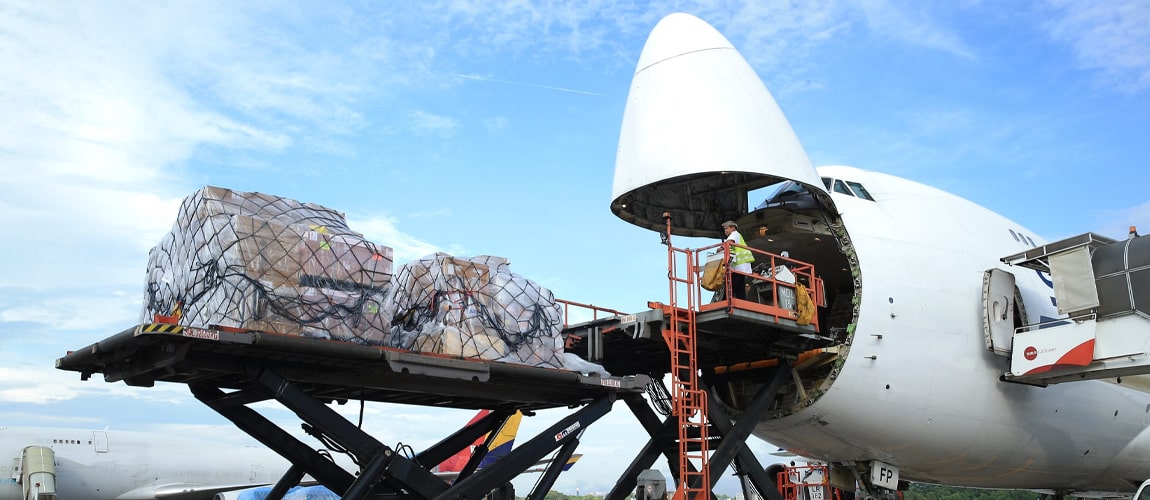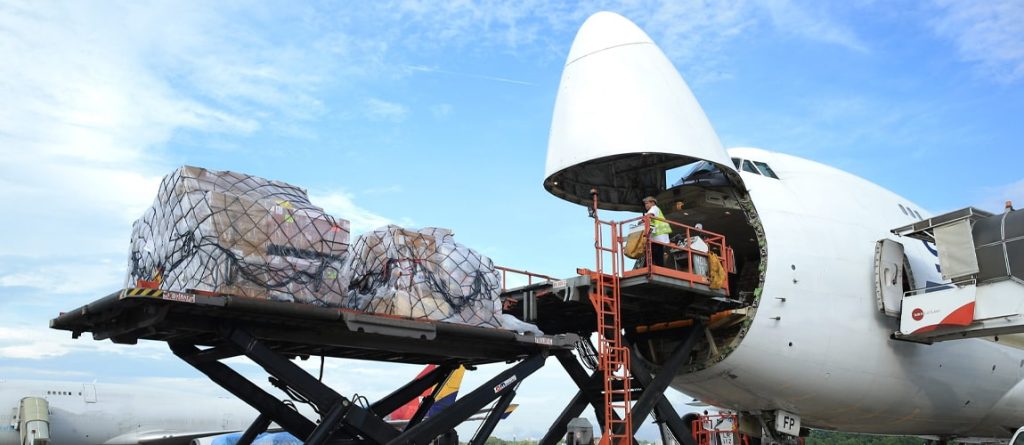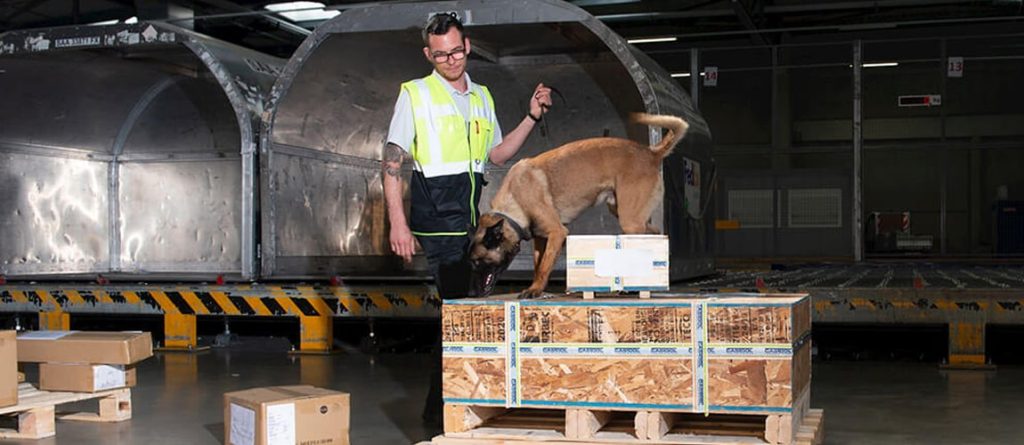
Did you realize that when your expensive cosmetics are shipped, poor packaging might cause damage or even result in their loss? It’s critical to comprehend the significance of appropriate cosmetic packaging whether you’re an internet retailer or a makeup enthusiast wanting to ship items.
We will go over all the many ways to package cosmetics for shipping in this extensive tutorial, so your products will reach their destination safely.
- The following factors have led to a rise in the demand for cosmetics globally:
- The high-end retail products sector’s growth
- A rise in the number of people who can afford to buy luxury goods because they have a lot of discretionary cash.
- The shift to more reasonably priced luxury and lifestyle goods
- Fashion presentations on reality TV and social media trends
It’s crucial to take safety measures while sending makeup and cosmetics to make sure the items arrive undamaged. When sending these materials, abide by the following rules:
Materials for Packing
First, assemble the supplies needed for packaging. Sturdy boxes, tape, packed peanuts, plastic wrap, and tissue paper are required. To reduce movement during transit, select boxes of the right size.
Safeguard Specific Items
To prevent scratches, pack each makeup item in tissue paper separately. For further protection, put them in padded envelopes or bubble wrap. To avoid leaks, make sure all bottles and containers are firmly secured.
Stuff Vacant Spaces
To prevent objects from shifting during transit, stuff any empty places in the box with crumpled paper or packing peanuts. This lessens the chance of damage and cushions the products.
Brittle labels
To advise the carrier of shipment and workers of handling the cargo with care, clearly designate it as “Fragile.”
Close the Box
After everything has been packed safely, use strong packing tape to close the box. For extra robustness, reinforce the edges and seams.
Delivery Procedure
Select a dependable delivery option that provides insurance and tracking for your package. This makes sure you can track its journey and get paid in case there is any loss or damage while it is being transported.
To be on the safe side, think about packing the beauty products in a bigger box with more cushioning. This provides additional security during transportation.
Records
Pack the shipment with a comprehensive packing document or invoice that lists every item that is inside. If there are any problems with customs or during transit, this will be helpful.
Worldwide Delivery
If you are shipping overseas, make sure you are aware of the rules and limitations regarding the delivery of cosmetics and cosmetics to a particular location. Certain components or quantities authorized are subject to special regulations in some countries.
Best Practices for International Cosmetics Shipping

Before you begin exporting cosmetics internationally for your personal care brand, bear the following points in mind.
Wrap The Package Tightly
Cosmetics should always be packed and wrapped to prevent spills, either in bubble wrap or dunnage or in impermeable to packaging material to minimize shock during shipping. Due to their delicate nature, cosmetics like shadows should be packaged twice as much as the other components.
Obtain Insurance
Cosmetics and makeup are particularly vulnerable to accidents and damage when in transportation, especially when traveling great distances as in the case of international delivery.
Even though you usually have little control over the harm, you still have the option of getting insurance to replace your losses. Since the majority of face makeup and eye care products are powdered and come in glass cases, this typically occurs with them.
Select Premium Storage
Before your products are sent to your customers’ doorstep, their safety can be ensured by having them stored in neat warehouse facilities. This is crucial since the weather in the country you’re exporting to could differ from that in the place of origin.
Recognize the ingredients in products
To make sure your cosmetics are sent in compliance with the laws of both the destination country and your carrier partner, check with your research and development team about the contents of your goods. If your goods contain any explosive ingredients, there’s a good chance it could catch fire in the warehouse or in the carrier, or it might not be allowed admission in some places.
Conclusion
Even while it may seem thrilling to grow your line of cosmetics, there are a lot of factors to take into account before exporting. It is always a good idea to work with a A1pakcargo worldwide shipping provider that can handle insurance and warehousing for your shipments in addition to keeping you informed about any legal and regulatory compliance needs in the nation you are shipping to.

 07424380227
07424380227





